When is the best time to visit Sapa Vietnam?
Located at an average altitude of 1500 – 1800 m above sea level, Sapa town is always immersed in floating clouds, creating a fanciful, strange, and beautiful picture.
Sapa has become one of the most popular destinations in Northern Vietnam, especially for travelers who visit Hanoi.
If you’re planning to visit this Northern area, knowing the best time to visit Sapa will be essential to make the best of your trip to Vietnam.
The weather in Sapa
Sapa has a temperate climate, so it is cold all year, with the average temperature fluctuating around 15ºC.
The weather in Sapa in summer is not nearly as hot. The daytime temperature usually fluctuates from 20ºC to 25°C, and at night temperature is around 13ºC to 15°C.
Sapa is very cold in the winter, with the temperature dropping to 0°C, so it will offer an opportunity to watch snow if you travel to Sapa in the winter.
The rainy season usually starts from May to October, accounting for nearly 80% of the annual rainfall. You will be more likely to encounter showers in these months of the year.
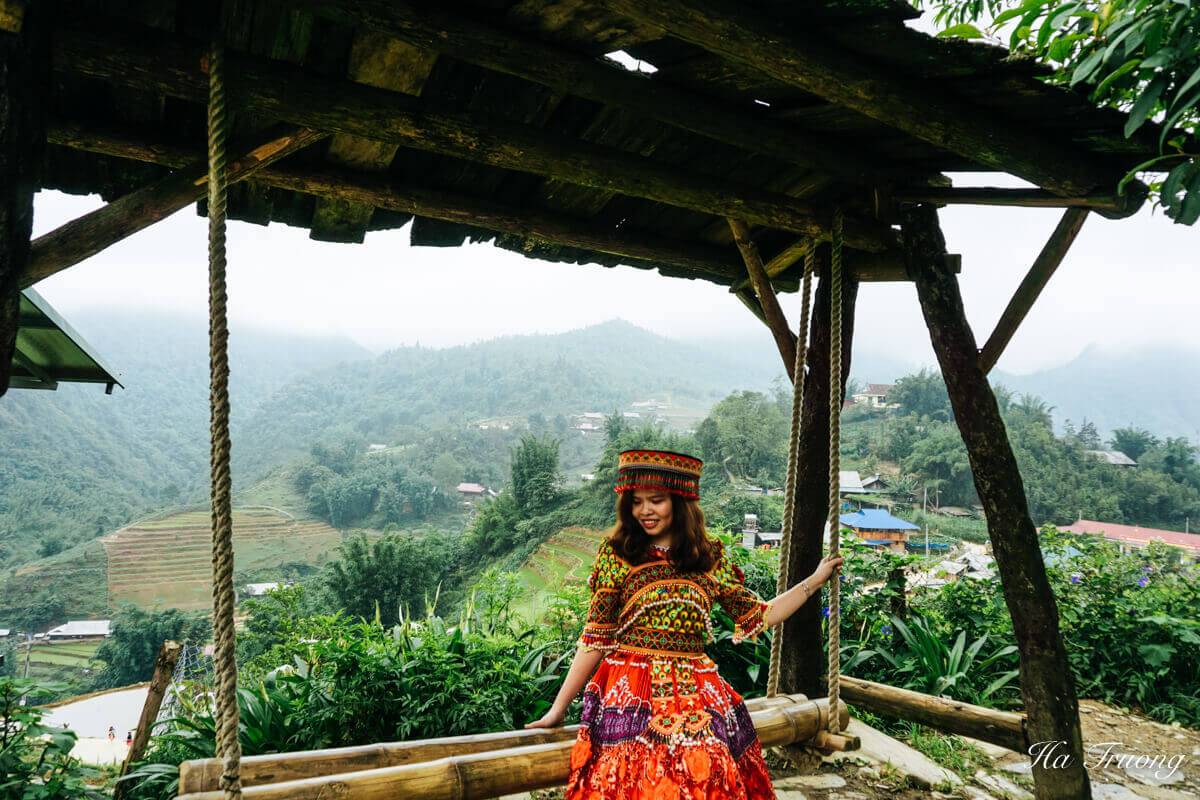
Sapa during the day
A distinctive feature of Sapa weather is that you will get a chance to experience four seasons in one day.
In the morning, you will feel pleasant spring weather. In the afternoon, it’s a bit sunny but still cold and not too hot in the afternoon.
The temperature starts to drop with clouds, creating a feeling like autumn in the evening or cold weather like winter at night.
Tips for the weather forecast in Sapa
I would recommend checking the Sapa weather forecast one week in advance. Knowing the weather in advance will give you the flexibility to decide places to visit and things to do in Sapa.
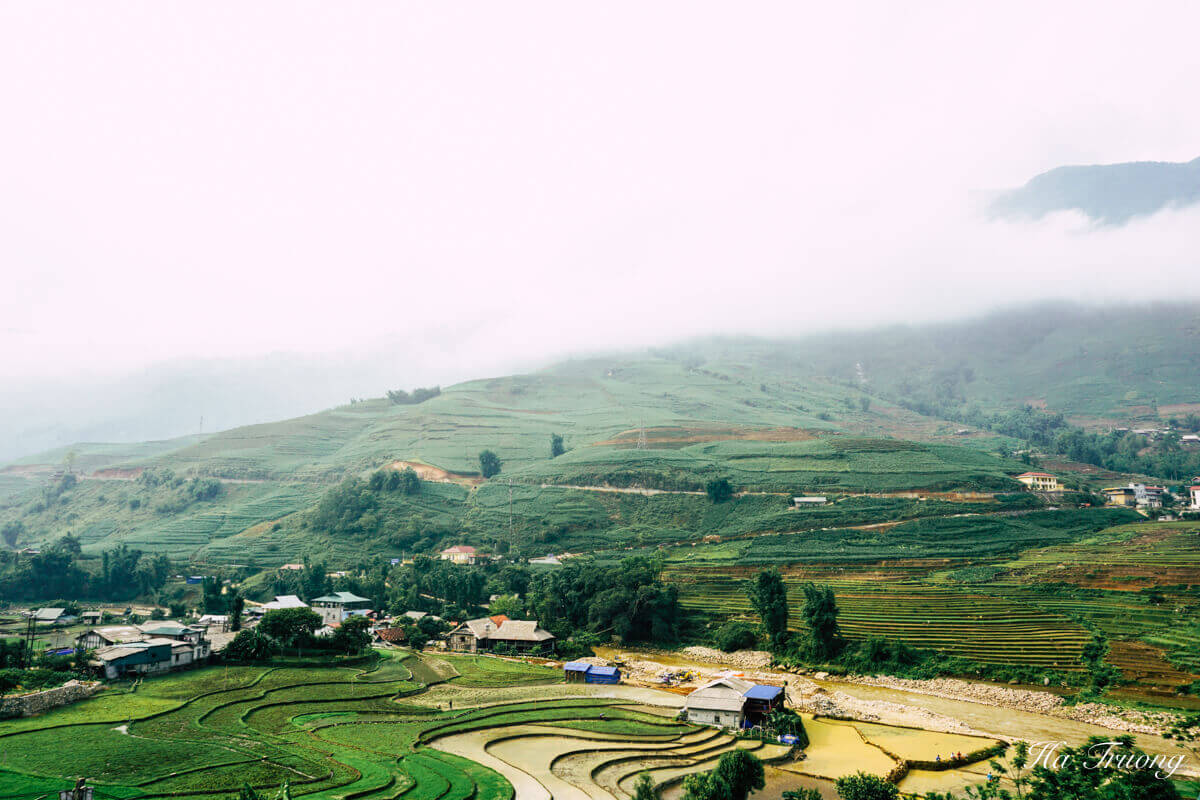
The climate in Sapa by months
March and April in Sapa
It starts to get colder from March and warm up in April. From April, there is occasional rain. In general, the weather is excellent.
May and June in Sapa
Beautiful sunshine mixed with rain provides water for terraced fields to help farmers plow and transplant rice. This time is also the season for peaches and plum trees in Sapa.
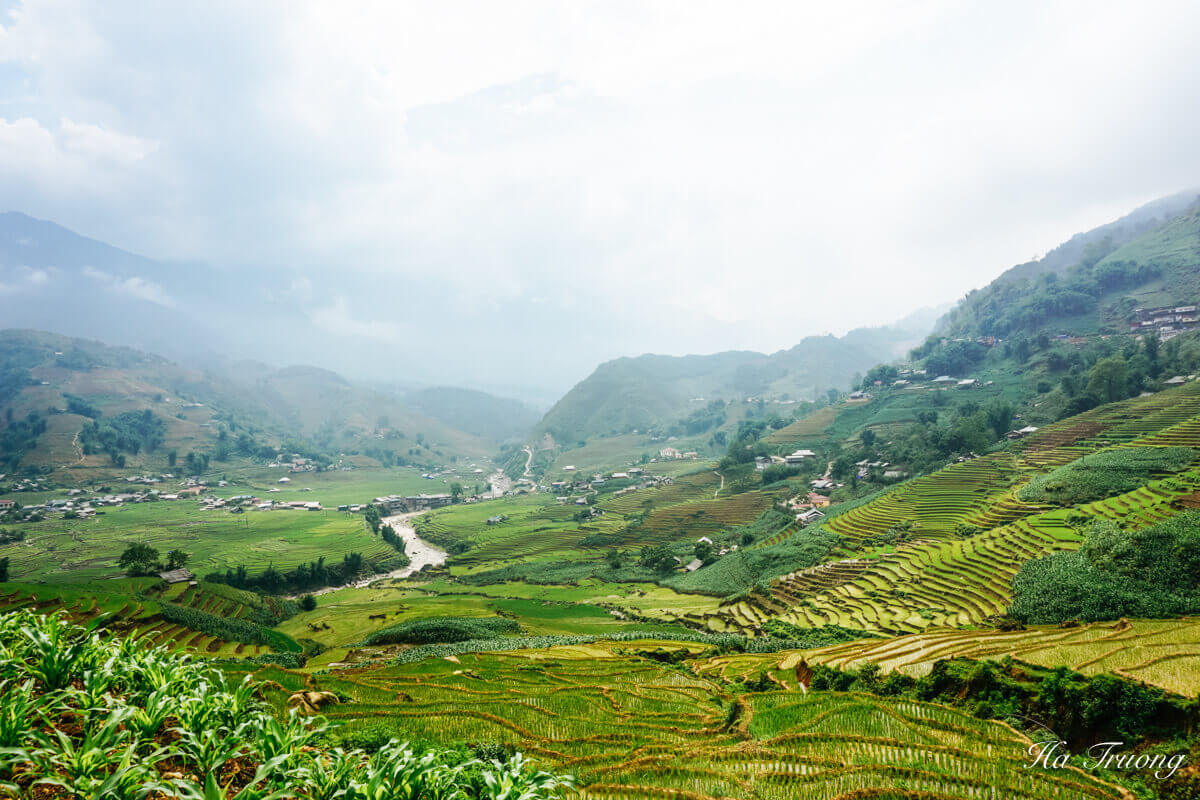
July and August in Sapa
The flood season in Sapa often coincides with the rainy season of the North. The peak is in July and August, and the rains appear with storms causing floods.
Rain and flood not only affect your travel plan and experience but also bring potentially high-risk situations.
September in Sapa
You can enjoy the cold weather and observe beautiful terraced fields in Sapa, turning from green to golden.
Rain will be a little less than July and August, but in general, Sapa in this month is the most beautiful.
October in Sapa
The weather in Sapa is pleasant, with some light in the day. The night is quite cold, and there’s almost no rain.
In general, the weather is beautiful to take a walk or ride a motorbike to visit tourist sites and ethnic villages in Sapa.
November in Sapa
It begins to cool, foggy and windy.
December, January, and February in Sapa
These are the coldest winter months of the year. The temperature is usually below 10 degrees C. If the whole North comes into a cold spell, then Sapa usually maintains at a temperature of 2 – 5 degrees C.
Sometimes the temperature drops below 0 degrees C, and you might experience snowfall.
Before and after the Tet holiday, visitors can see cherry blossoms blooming on the roads when visiting the villages.
Best time to visit Sapa Vietnam
Although you can travel to Sapa at any time of the year, March to May or September to November is the best time to visit Sapa.
At this time, Sapa has many beautiful scenes, and it’s more convenient to travel to Sapa.
If you visit Sapa from April to May, you can observe the beauty of the green paddy fields and blooming flower valleys.
There are plenty of clouds, and the weather is cold with dry nights during this time.
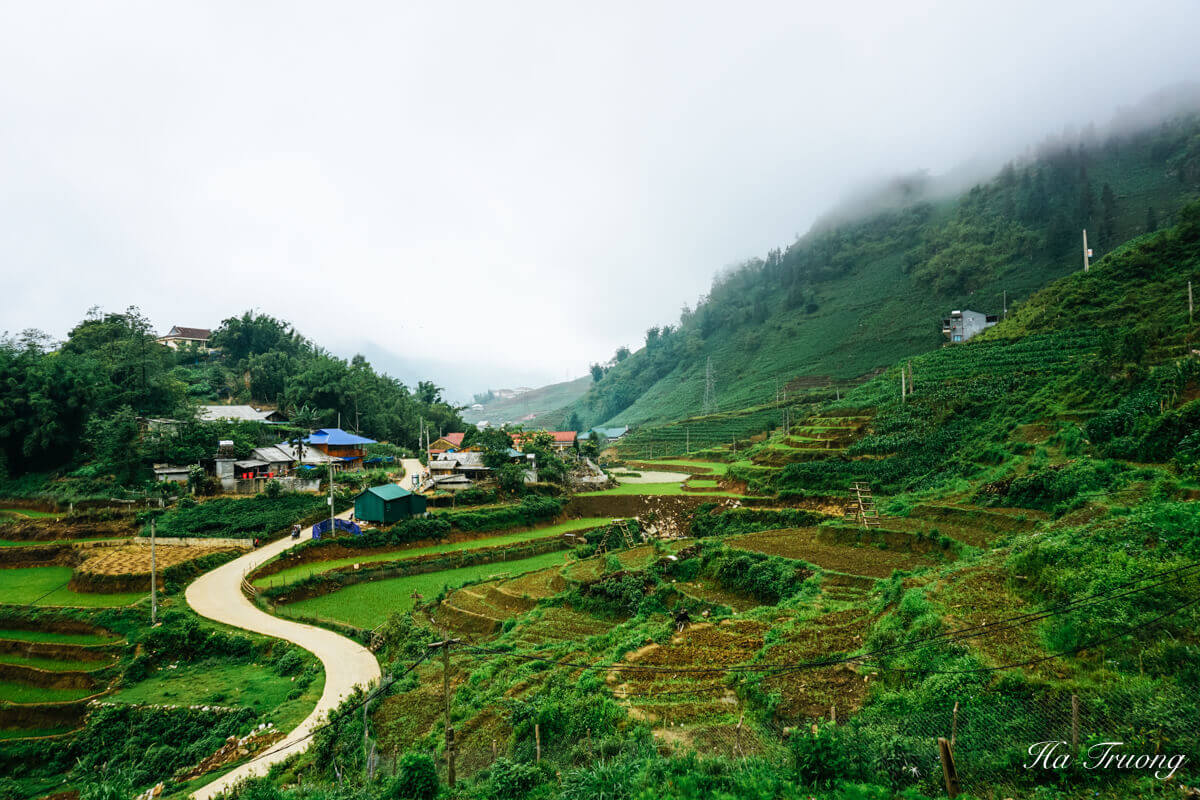
The weather in Autumn is great with moderately cold and some sunrise. The paddy field turns yellow during September and October.
You should avoid visiting Sapa from July to August because there are many storms.
The rainy season in Sapa usually starts in May and lasts until August and early September. At this time, the average rainfall in Sapa is always high, and heavy rains often lead to floods.
In the winter, the weather in Sapa can be freezing, and you can see snow on the peak.
Sapa Tours
Sapa Tours from Hanoi
From Hanoi, several tours will take you to explore Sapa.
The most popular tour will be the 2-day Sapa trekking tour. The tour includes transportation service between Hanoi and Sapa, attraction tickets, accommodation in Sapa, meals during the trip, and a local guide.
Sapa Tours in Sapa
Alternatively, you can also take a train or bus from Hanoi to Sapa and book a trekking tour in Sapa town.
With the Water and Tribal village Sapa tour, you will be able to explore two beautiful waterfalls and Tram Ton Pass before beginning a 4-hour trek along a secluded trail from Ban Khoan.
What to pack for Sapa
Because the weather in Sapa changes during the day, you will need to prepare an umbrella, a thin coat (if you go in summer), warm clothes if you go in winter.
Don’t forget to bring necessary and useful items such as medicine, medical bandages, sunscreen, snacks to help while climbing.
Where to stay in Sapa
If you’re looking for a fantastic experience, I recommend staying at Topas Ecolodge in Sapa.
This charming mountain property is one of the best places to stay in Sapa, with a pool overlooking Hoang Lien Mountain Range.
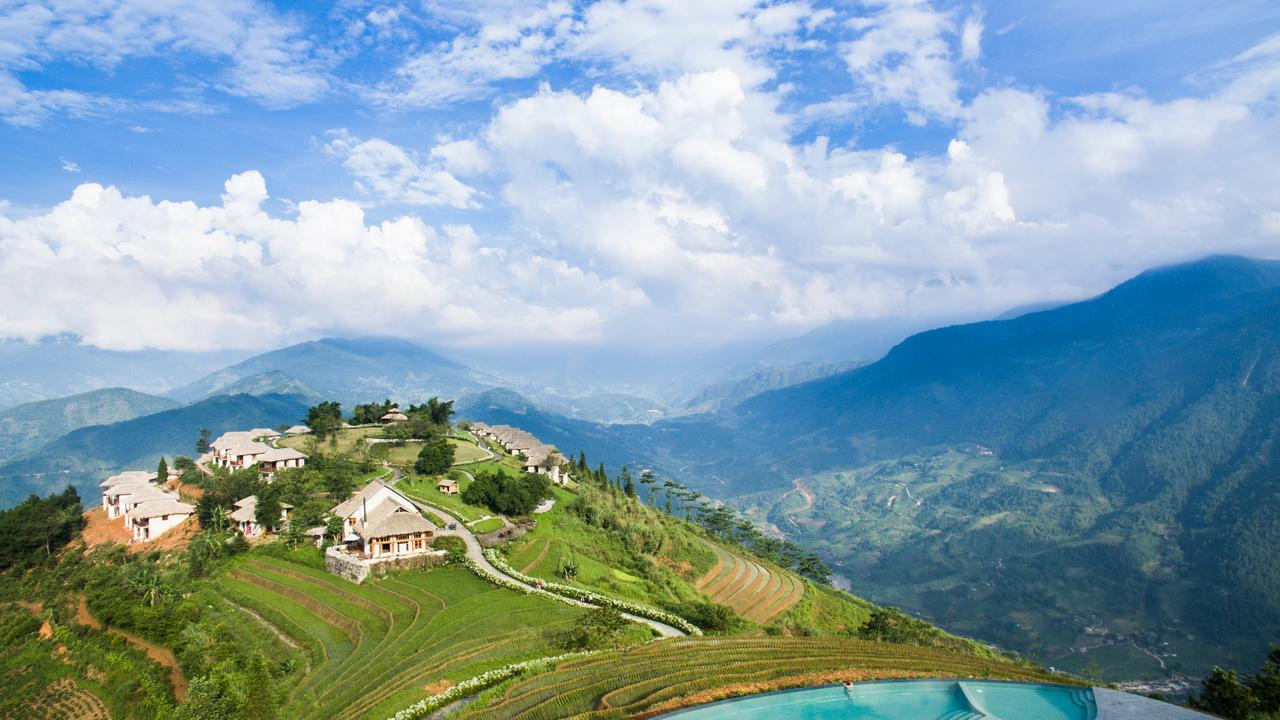
Staying at a homestay in Sapa is also highly recommended. Hmong House Sapa and The Little Hmong House are excellent choices for budget travelers.
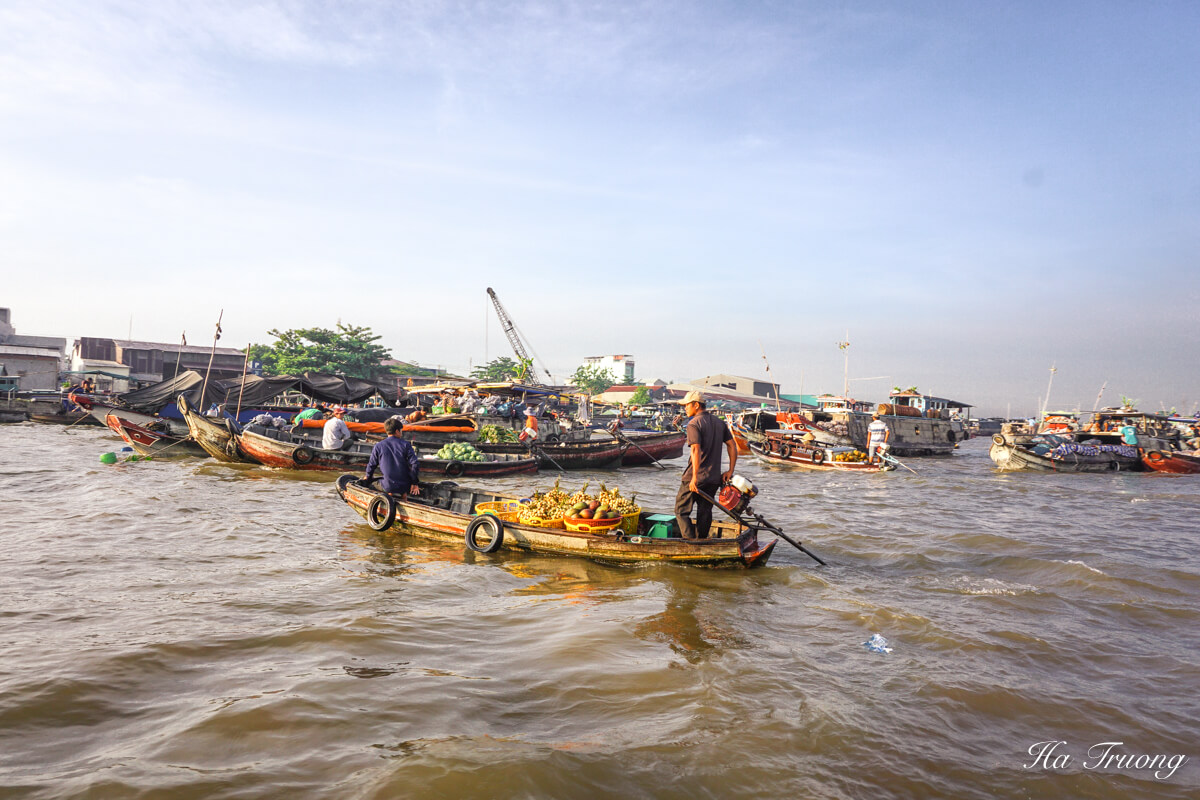
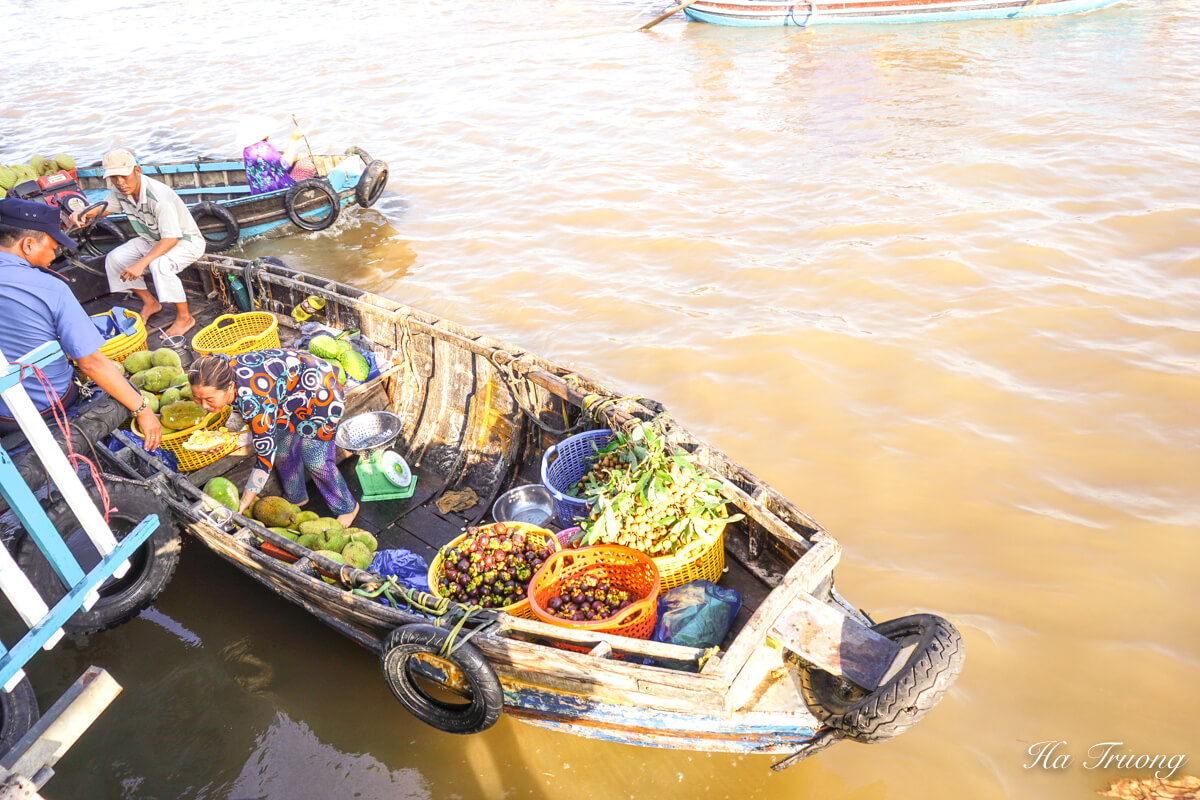
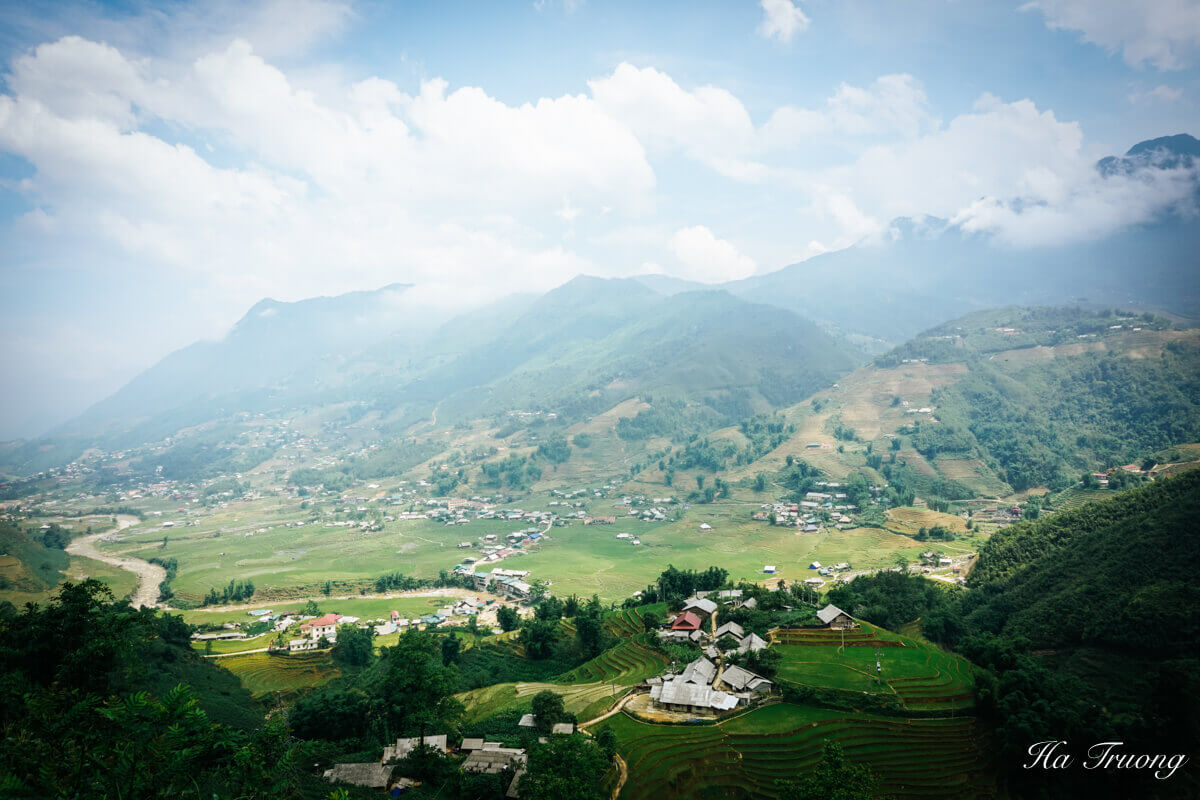
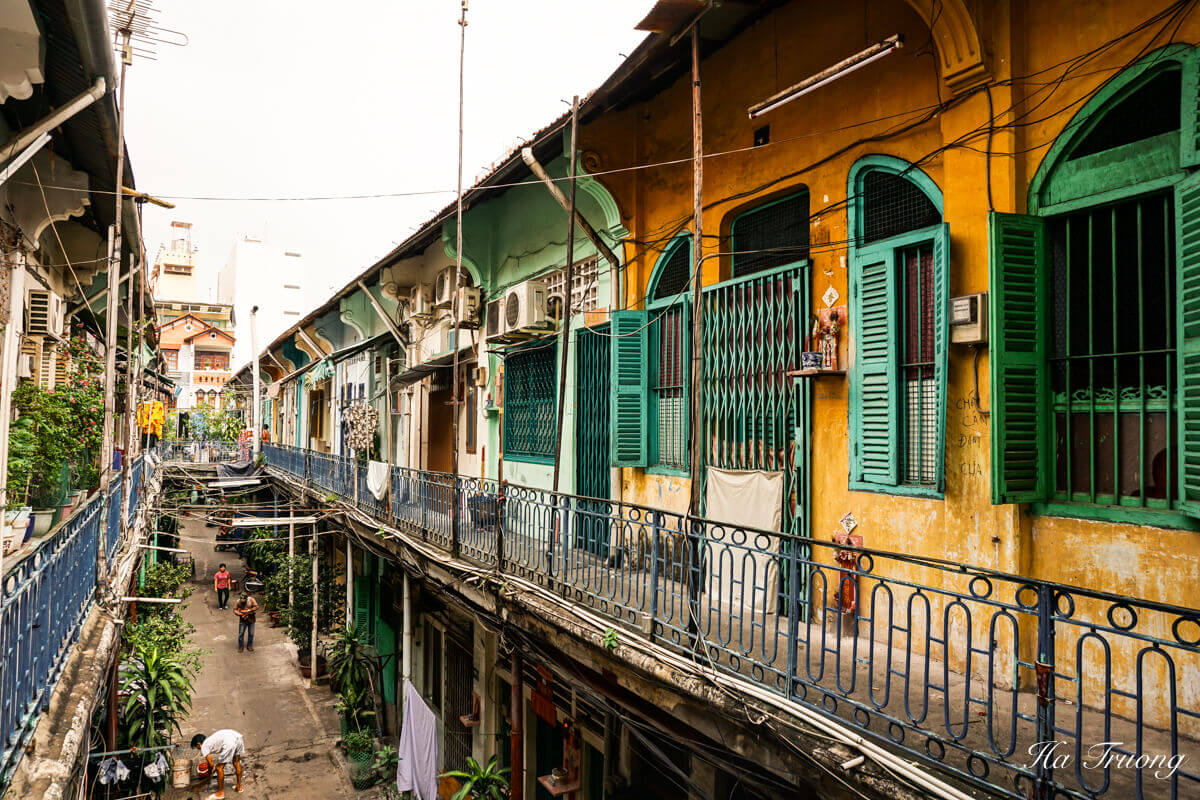
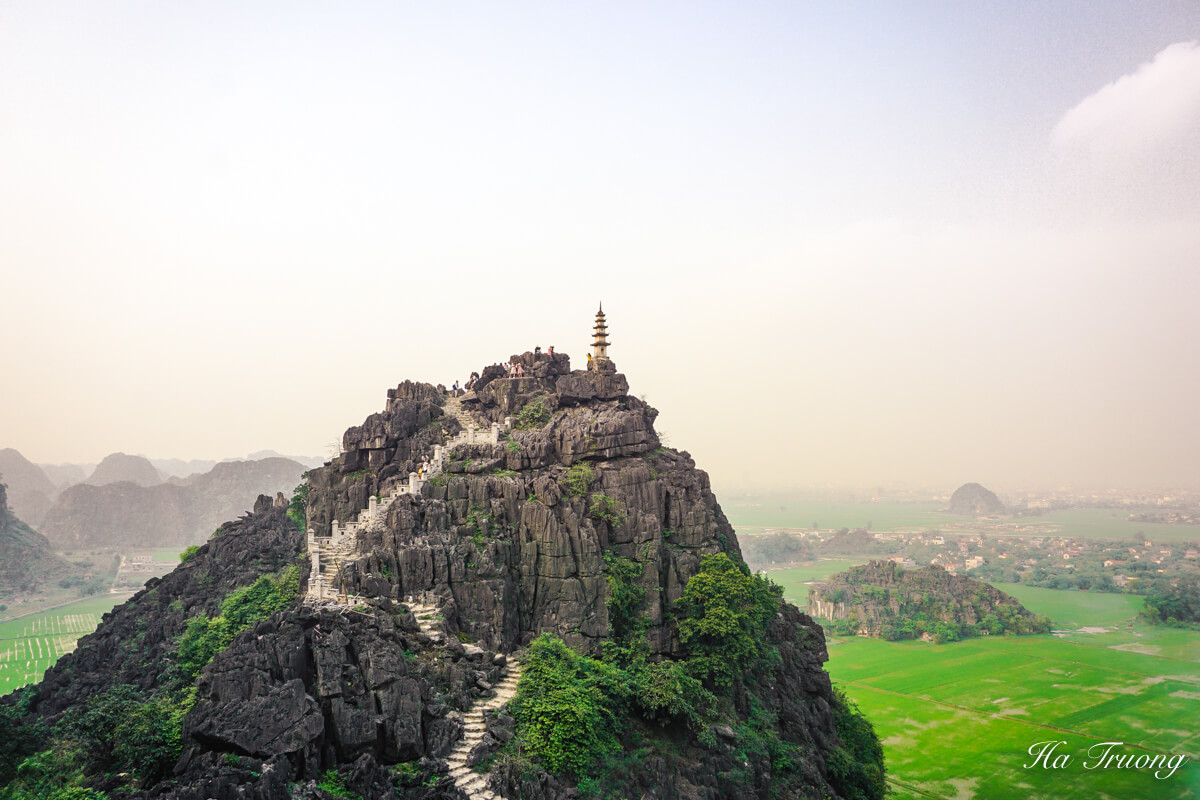
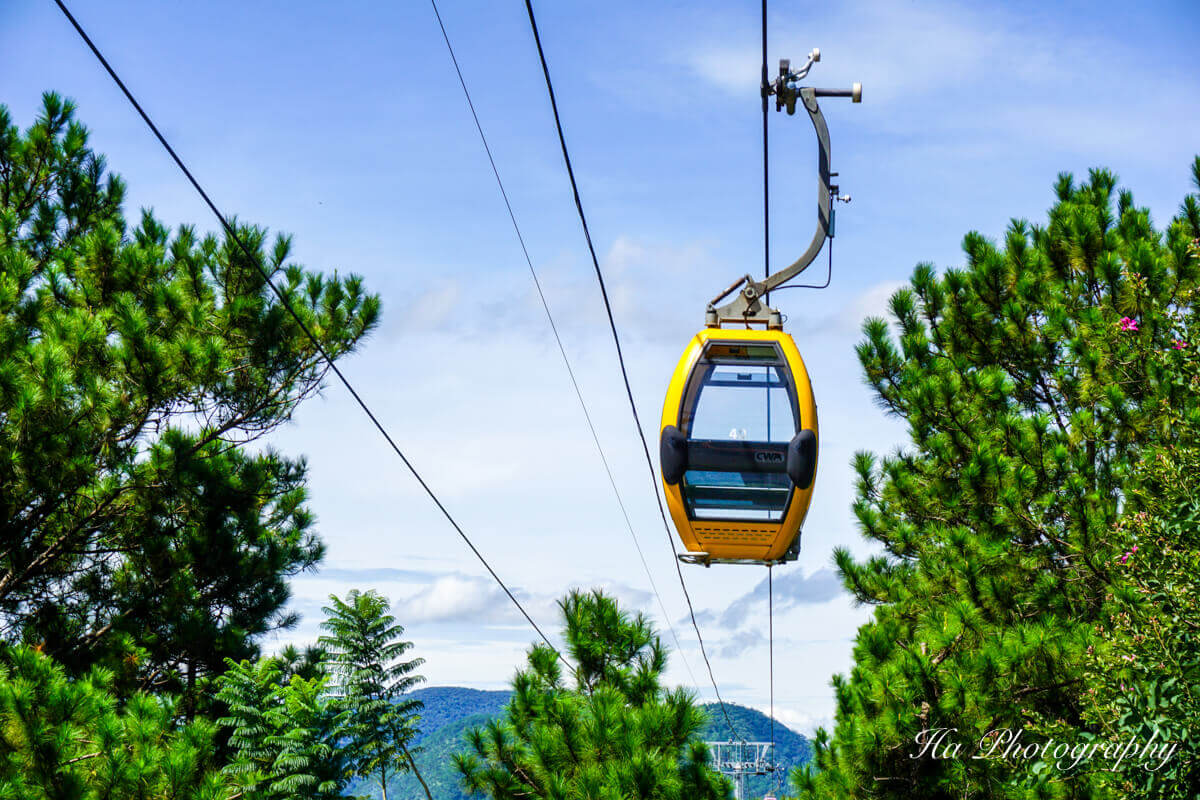
Thanks for the info, found really good and I’m happy to know the weather on Dec is super cold. Will be travelling to Sapa on this Xmas.